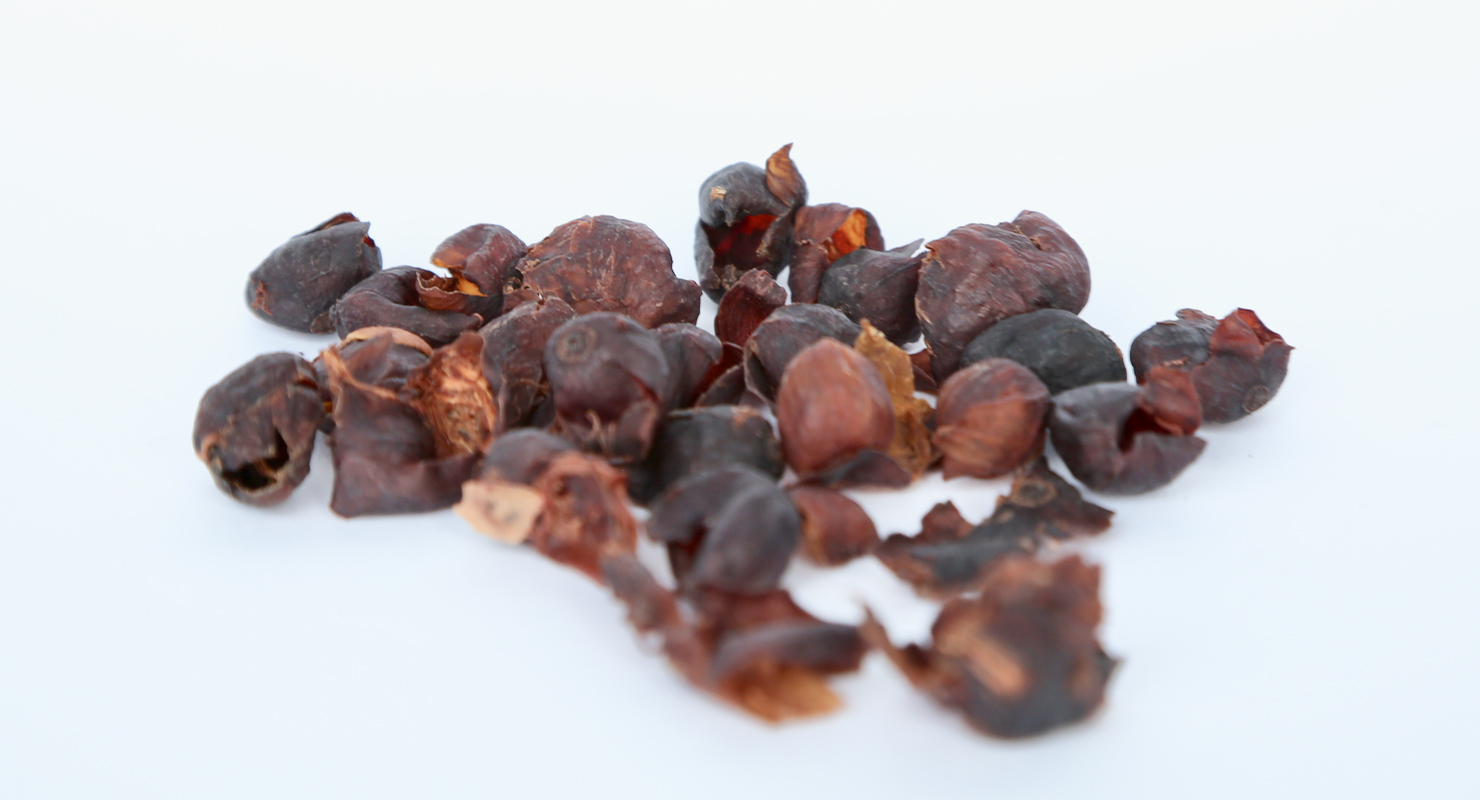Despite the stigma long attached to decaffeinated coffee, the time often comes for many people to reduce caffeine intake. Whether it’s voluntary or at the recommendation of a physician, whether it’s for physical health reasons or to reduce the anxiety of the modern condition—switching to decaf can be a great way to continue enjoying coffee when you’re trying to cut down on those pesky negative effects of caffeine.
Though some coffee is naturally lower in caffeine as it occurs in nature, decaf coffees most of us come across in everyday life have undergone a chemical process of decaffeination. There are several methods popularly used today to remove caffeine from coffee, and each process is done at the pre-roasting stage, when coffee is still green. This means coffee roasters can choose from a variety of processes, either buying green coffee that’s already been decaffeinated, or sending their own-sourced green coffee to a facility for treatment. How your coffee was decaffeinated may affect how it tastes, as well as pose some health concerns (or not), so it pays to check what method was used before purchasing.
Two quick notes: First, all decaffeinated coffees taste a little different than their caffeinated counterparts, as the removal of caffeine’s bitter compounds have an unavoidable effect on flavor, body, and acidity. What the change in flavor is will depend on the original coffee as well as the method used. Second, all decaffeinated coffees retain a little bit of caffeine. These processes can guarantee a certain amount of caffeine removed, but typically a very small amount remains, with the final amount in the cup dependent upon roasting and brewing.
Here are some of the options out there today:
Methylene Chloride Process
Methylene Chloride, also known as MC or Dichloromethane, is a direct chemical solvent process involving soaking the green coffee beans in hot water, then adding Methylene Chloride to the coffee to draw out the caffeine. The MC/caffeine bonded particles are then filtered out and the beans are rehydrated. The MC process is cost-effective, but considered somewhat controversial from a health and safety standpoint, as the chemical itself in large amounts has been linked to numerous health problems and is limited by the Food and Drug Administration. (The chemical is also an ingredient in paint thinners, degreasing agents, and similar solvents, though in decaffeination the FDA considers its use to be within safe parameters.)
Ethyl Acetate/Sugarcane Process
Depending on what you call this process—Ethyl Acetate (EA) or sugarcane—it may sound more or less appealing. EA is the choice of many specialty roasters because it can be naturally derived from rotting fruits like bananas or blackberries, as well as occur a byproduct of the sugar production process (hence, “sugarcane process”). But EA can also be chemically synthesized from petroleum derivatives, so if a fully natural EA process matters to you, check with your roaster to see how and where they decaffeinate. In this process, green coffee is steamed at low pressure to prepare it for immersion in EA, which then bonds to the caffeine particles, drawing them out. Sugarcane process decaffeination is a popular choice for coffees decaffeinated at origin (most Colombian decafs are EA, for example) which reduces cost of transport. Some consider sugarcane processed decafs to have a slightly sweeter flavor than the original coffee.
Swiss Water Process
Another popular specialty choice is the Swiss Water Process, a proprietary process that uses water and green coffee to make an extract in which coffee is slowly soaked to displace caffeine particles. The coffee is then filtered through a series of carbon filters which trap only the caffeine and allow other soluble solids and flavor compounds to be retained in the green coffee itself. Since no chemical solvents are added to the coffee, many consider Swiss Water coffees to feature little residual flavor from the decaffeination process. Their name’s a trick, though: all Swiss Water coffees are decaffeinated just outside of Vancouver, which is nowhere near Switzerland!
Mountain Water Process
This is a similar process to Swiss Water, but is done within the Descamex facility in Veracruz, Mexico, a larger company which also decaffeinates using the Methylene Chloride process. Mountain Water boasts pure fresh water from Pico de Orizaba, the highest mountain in Mexico. Mexican coffees may often be decaffeinated at origin using the Mountain Water Process, or a roaster may send its own coffee to the faciity.
CO2 Process
Another process that does not add chemical residue, the CO2 process is another spendy technique—popular in Europe where facilities are more convenient. In the CO2 process, liquid (supercritical) Carbon Dioxide is forced into a chamber with the green coffee at high pressure, drawing out caffeine particles from the beans into the liquid. The liquid is then filtered out and returned to a gaseous state, where the caffeine separates out again. In the CO2 process, flavor compounds remain within the coffee bean during the whole decaffeination process, and origin flavor characteristics are said to be well retained.






























